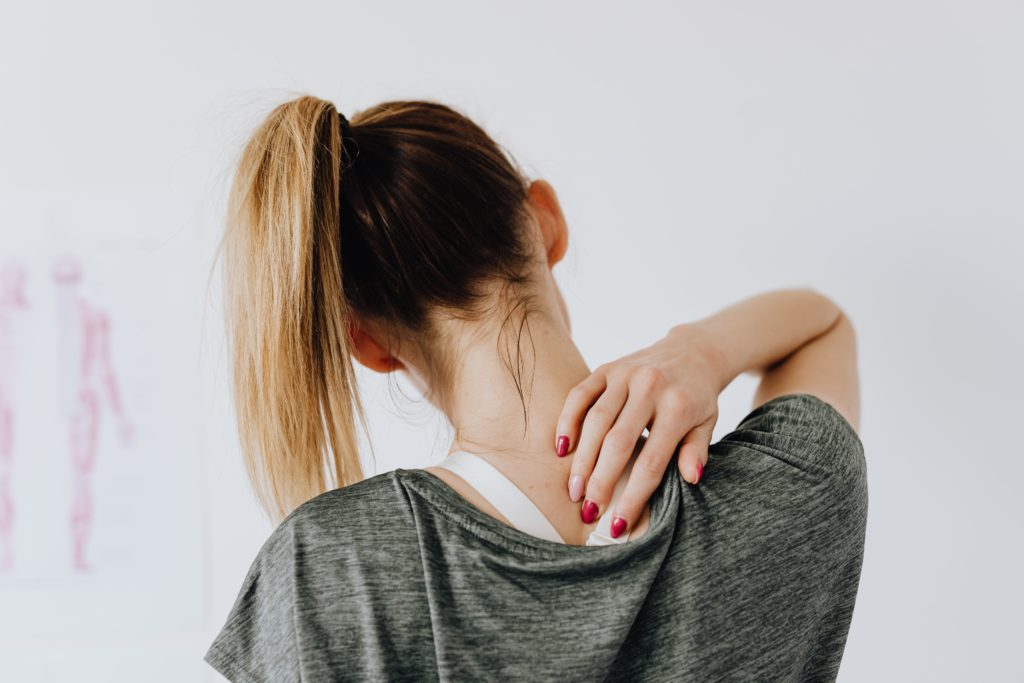Ever wondered why you get muscle pain two or three days after exercise? Perhaps you’ve lifted weights, or gone to spin class for the first time in a long time? You’ve most probably experienced delayed onset muscle soreness, or ‘DOMS’. It’s normal for fitness enthusiasts to feel a bit tight and sore after a workout. But if you’ve felt gradually increased discomfort of muscle pain and stiffness on the second or third day after training, then it’s most likely DOMS.
DOMS Symptoms: Why do I Get Delayed Onset Muscle Soreness?
DOMS often affects those that have gone back to the gym after a break (ie. Melbourne lockdown!), intensified training, or a new exercise program.
DOMS is one of three types of pain related to exercise, and develops 24 – 48 hours after strenuous exercise involving eccentric motion (muscle lengthening) or strenuous events such as marathons. The other two types of muscle pain include: pain experienced during or immediately following exercise, and pain induced by muscle cramps (Pubmed).
Delayed onset muscle soreness symptoms result from pushing muscles beyond their limit. When muscles are stressed, small microscopic ligament tears can occur, causing inflammation around the tears, and resulting in the pain and fatigue.
DOMS is characterised by localized pain and soreness, limited range of movement and lower muscle function (Hydragun).
DOMS Prevention: : What Helps Delayed Onset Muscle Soreness?
Evidence-based tips to reduce the chances of DOMS include:
- Cryotherapy (cooling water and cold water immersion therapy)
- Regular myotherapy, sports massage or physio
- Using a foam roller after exercise
- Wearing a compression garment post-training
- Staying hydrated
- Building up intensity of exercise over time
DOMS Treatment
Delayed onset muscle soreness recovery time is up to 5 days, with the process of healing fast-tracked by massage treatment.
A significant research study in the Journal of Athletic Medicine proved that:
Massage was effective in alleviating DOMS by approximately 30% and reducing swelling, but it had no effects on muscle function.
Myotherapy and sports massage are the most effective ‘go-to’ massages for DOMS – supporting a speedy recovery process, and reducing the effects after intense exercise.
If you are experiencing any DOMS symptoms, after gym or training visit your physical therapist for targeted relief, and an ongoing treatment plan (including home exercises between appointments).
A single appointment will most likely provide immediate relief but there is no magic bullet for chronic aches and pains. Long term improvements will happen only with ongoing therapy and an active treatment plan.
Book an appointment with a therapist today on 03 8598 9804 or online.
